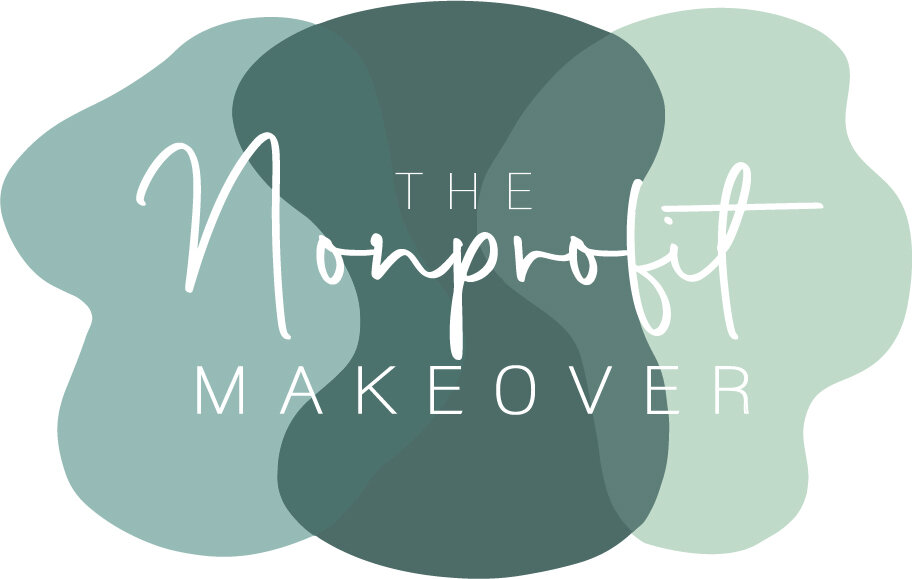What is Conflict of Interest?
Photo Credit: Karolina Grabowska, via Pexels
By Jenn Rockefeller
Nonprofit organizations need to carefully consider what a conflict of interest can do to their organization. As such, they need to develop ways to keep such conflicts at bay.
What is a conflict of interest? How do nonprofit organizations resolve any issues that come up?
Definition
According to an article by Jean Murray on The Balance SMB, a conflict of interest is “when a party has competing interests or loyalties because of their duties to more than one person or organization.” As a result, the person with the conflict can become untrustworthy.
Similarly, in an article by Nick Price on Board Effect, a conflict of interest can also be referred to as a duality of interest. “A conflict, or duality, of interest concerns a board director who has a barrier that prevents them from being impartial and loyal to the nonprofit organization. Conflicts can arise from personal, professional or volunteer positions or relationships,” said Price.
How can a conflict of interest hurt a nonprofit organization?
Price's quote above brings up a vital point. What happens if the board director is the focal point of the conflict of interest? This person then becomes biased and, by all standards, should not lead the board. Their loyalty is called into question.
This is how a conflict of interest can hurt – and even destroy – a nonprofit organization. When a board director has such a conflict, their loyalty becomes the very thing that might ruin their relationship with the nonprofit. It’s like the conflict of interest becomes the sickness that destroys you from within. If not dealt with, this conflict of interest can overcome the board director and cause them to do things that are not in the best interest of the organization.
What can nonprofits do to curb any potential problems that may arise from a conflict of interest?
There’s no way to avoid problems completely in a business. That’s why businesses have policies and procedures set in place to help guide them through the rougher waters. By the same token, nonprofit organizations need to do the same. Having a policy in place that will help traverse the murky waters that are a conflict of interest.
According to an article by the National Council of Nonprofits, it is in a nonprofit’s best interest to create a conflict of interest policy, stating that it’s “the most important policy a nonprofit board can adopt.”
But what is a conflict of interest policy? Put simply, it’s a written record that contains key details that would guide the nonprofit in how to properly manage a conflict of interest. These key details include, but are not limited to, having the person with the conflict being open and honest about said conflict. Furthermore, the board directors “should not benefit financially, personally or otherwise from board events or activities,” stated Price. To prevent this, board directors are to refrain from discussing or voting on anything having to do with the conflict. This is to ensure the board directors put the nonprofit’s mission and goals ahead of their own.
The National Council of Nonprofits also suggests that nonprofits can mitigate any potential conflicts of interest by having regular meetings to discuss issues or any potential issues. This action will inevitably raise awareness of such issues and therefore, the organization should be able to find ways to handle them. The only potential problem, however, becomes whether the person with the conflict is forthcoming with the conflict in the first place. And if they do disclose the conflict of interest but fail to adhere to the guidelines in the policy, Price indicated that they “should be asked to resign.”
What happens if the conflict of interest continues without resolution?
According to Price, nonprofits that allow a conflict to continue can be subject to penalties that would be directed at the affected board director, the organization – or both. “Nonprofit organizations that fail to properly manage conflicts of interests may be subject to significant penalties against the board director, the organization or both. Penalties for board directors are called intermediate sanctions or excess benefit transactions,” Price stated.
Businesses and nonprofit organizations can always do their utmost to ensure a conflict of interest doesn’t occur. But issues will always arise, despite the best of intentions. That’s why policies and procedures ought to be in place. Should the conflict of interest not able to be resolved, it might be in the organization’s best interest to carefully consider that person’s future with the organization.
Ready to take your nonprofit to the next level? Visit our services page to book a consultation and learn how The Nonprofit Makeover can help you.


